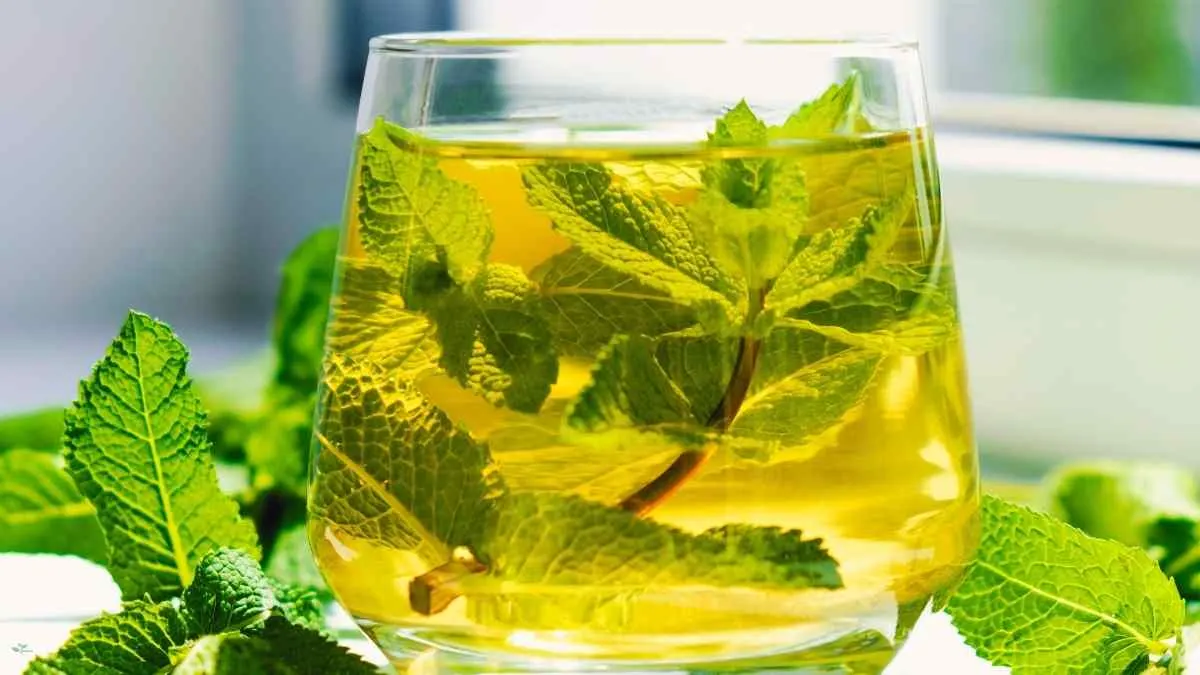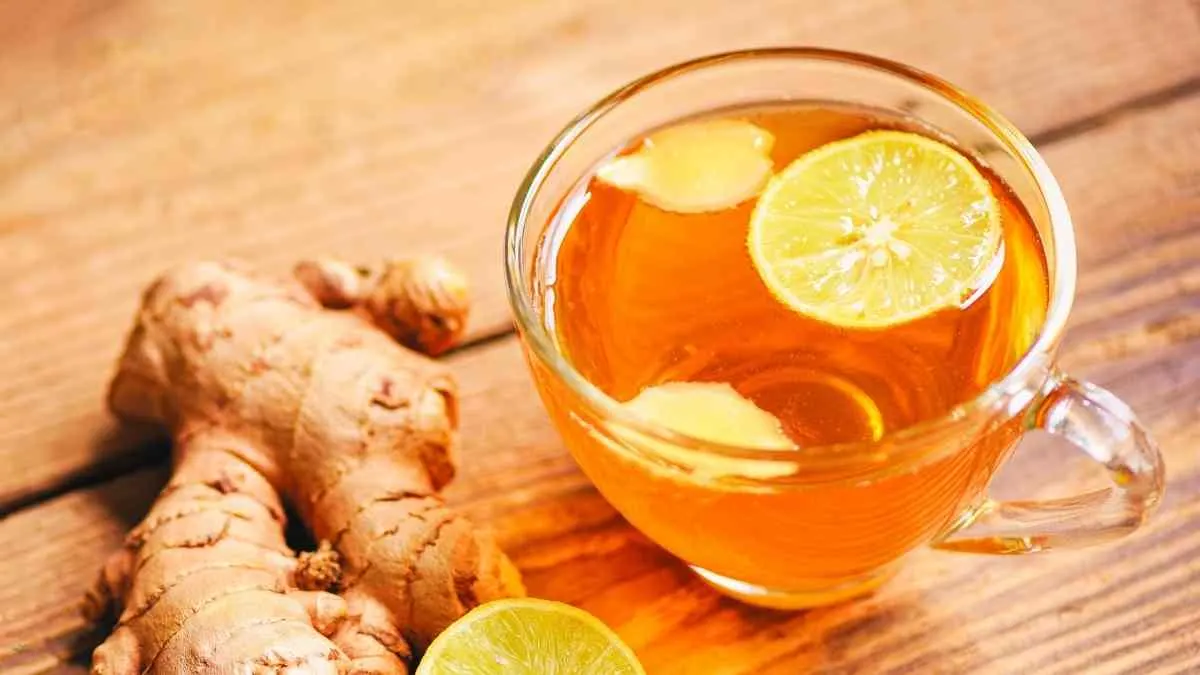Loose leaf tea offers a richer, more aromatic experience compared to its bagged counterpart. By embracing whole, unbroken leaves, tea enthusiasts unlock a world of flavors, health benefits, and brewing rituals that elevate the tea-drinking experience.
This comprehensive guide delves into the nuances of loose leaf tea, including its benefits, brewing techniques, and five unique recipes to inspire your next cup.
What Is Loose Leaf Tea?
Loose leaf tea consists of whole or large pieces of tea leaves that are not confined within a tea bag. This form allows the leaves to expand fully during brewing, releasing a fuller spectrum of flavors and aromas.
Unlike bagged tea, which often contains dust or fannings, loose leaf tea provides a more authentic and satisfying cup.
Types of Loose Leaf Tea:
Understanding the different types of loose leaf tea can enhance your appreciation and selection process. The primary categories are:
-
Black Tea: Fully oxidized leaves offering bold flavors and higher caffeine content. Examples include Assam and Darjeeling.
-
Green Tea: Minimally oxidized, preserving a fresh, grassy taste. Varieties like Sencha and Matcha fall into this category.
-
Oolong Tea: Partially oxidized, oolong tea presents a balance between black and green teas, with flavors ranging from floral to fruity.
-
White Tea: The least processed, white tea is delicate and subtly sweet, made from young tea buds.
-
Pu-erh Tea: A fermented tea that undergoes aging, resulting in earthy and robust flavors.
-
Herbal Teas (Tisanes): Not true teas, these are infusions made from herbs, flowers, or fruits, such as chamomile or peppermint.
Each type offers unique flavors and health benefits, catering to diverse palates and preferences.
Health Benefits of Loose Leaf Tea:
Loose leaf tea is not only a flavorful beverage but also a source of various health benefits:
-
Rich in Antioxidants: Teas like green and white are high in polyphenols, which can combat oxidative stress and reduce inflammation.
-
Heart Health: Regular consumption of black and oolong teas has been linked to improved cardiovascular health.
-
Weight Management: Certain teas, such as green and pu-erh, may aid in metabolism and fat oxidation.
-
Digestive Support: Herbal teas like peppermint and ginger can soothe digestive discomfort.
-
Mental Clarity: The moderate caffeine content in teas like black and oolong can enhance focus and alertness.
How to Brew Loose Leaf Tea:
Proper brewing techniques are essential to extract the best flavors from loose leaf tea. Here’s a general guide:
-
Measure the Tea: Use approximately one teaspoon of loose leaf tea per 8-ounce cup of water.
-
Heat the Water: Different teas require specific temperatures:
-
Black Tea: 200–212°F (93–100°C)
-
Green Tea: 170–185°F (77–85°C)
-
Oolong Tea: 185–205°F (85–96°C)
-
White Tea: 160–170°F (71–77°C)
-
Herbal Teas: 200–212°F (93–100°C)
-
-
Steep the Tea: Allow the tea to steep for the recommended time:
-
Black Tea: 3–5 minutes
-
Green Tea: 2–3 minutes
-
Oolong Tea: 4–7 minutes
-
White Tea: 4–5 minutes
-
Herbal Teas: 5–7 minutes
-
-
Strain and Serve: Remove the tea leaves using an infuser or strainer. Serve the tea hot, or allow it to cool for iced preparations.
5 Creative Loose Leaf Tea Recipes:
1. Citrus Mint Green Tea

A refreshing blend combining the zest of citrus with the coolness of mint.
Ingredients:
-
1 teaspoon green tea leaves
-
2–3 fresh mint leaves
-
1 slice of lemon
-
1 slice of orange
-
Honey (optional)
Instructions:
-
Place the green tea leaves and mint leaves in an infuser.
-
Heat water to 170°F (77°C) and pour over the tea and mint.
-
Steep for 2–3 minutes.
-
Add the lemon and orange slices to the tea.
-
Sweeten with honey if desired.
-
Serve hot or chilled over ice.
2. Spiced Chai Black Tea

A robust tea infused with aromatic spices for a warming experience.
Ingredients:
-
1 teaspoon black tea leaves
-
1 cinnamon stick
-
2–3 cardamom pods
-
2 cloves
-
1 slice of ginger
-
1 cup milk (or dairy-free alternative)
-
Sweetener to taste
Instructions:
-
Combine the black tea leaves, cinnamon, cardamom, cloves, and ginger in a saucepan.
-
Add water and bring to a boil.
-
Reduce heat and simmer for 5 minutes.
-
Add milk and sweetener, then bring to a boil again.
-
Strain into a cup and serve hot.
3. Lavender Earl Grey
A floral twist on the classic Earl Grey tea.
Ingredients:
-
1 teaspoon Earl Grey tea leaves
-
1 teaspoon dried lavender buds
-
1 slice of lemon
-
Honey (optional)
Instructions:
-
Mix the Earl Grey tea leaves and lavender buds in an infuser.
-
Heat water to 200°F (93°C) and pour over the tea and lavender.
-
Steep for 3–5 minutes.
-
Add the lemon slice to the tea.
-
Sweeten with honey if desired.
-
Serve hot.
4. Iced Hibiscus Berry Blend
A vibrant and tangy iced tea perfect for warm days.
Ingredients:
-
1 teaspoon hibiscus tea leaves
-
1 teaspoon dried mixed berries
-
1 slice of lime
-
Sweetener to taste
Instructions:
-
Combine the hibiscus tea leaves and dried berries in an infuser.
-
Heat water to 200°F (93°C) and pour over the tea and berries.
-
Steep for 5 minutes.
-
Allow the tea to cool, then refrigerate until chilled.
-
Serve over ice with a slice of lime.
-
Sweeten to taste.
5. Ginger Lemon Herbal Tea

A soothing blend that aids digestion and provides a refreshing kick.
Ingredients:
-
1 teaspoon dried ginger root
-
1 slice of lemon
-
Honey (optional)
Instructions:
-
Place the dried ginger root in an infuser.
-
Heat water to 200°F (93°C) and pour over the ginger.
-
Steep for 5–7 minutes.
-
Add the lemon slice to the tea.
-
Sweeten with honey if desired.
-
Serve hot.
Storing Loose Leaf Tea:
To maintain the freshness and potency of loose leaf tea:
-
Use Airtight Containers: Store tea in opaque, airtight containers to protect it from light, air, and moisture.
-
Keep in a Cool, Dry Place: Avoid storing tea near heat sources or in humid environments.
-
Avoid Strong Odors: Tea can absorb odors; store it away from spices, perfumes, or cleaning products.
Proper storage ensures that your tea retains its flavor and beneficial properties over time.
Recommended: Peppermint Tea | Benefits
Common Questions:
1. How long does loose leaf tea stay fresh?
Properly stored, loose leaf tea can remain fresh for up to one year. However, it’s best consumed within six months for optimal flavor.
2. Can I reuse loose leaf tea leaves?
Yes, many loose leaf teas can be steeped multiple times. Adjust the steeping time for subsequent brews, as the leaves will release their flavors more quickly.
3. Do I need special equipment to brew loose leaf tea?
While specialized teapots and infusers enhance the brewing experience, a simple strainer or mesh ball infuser can suffice for brewing loose leaf tea.
4. Is loose leaf tea more expensive than bagged tea?
Initially, loose leaf tea may seem more expensive, but it often offers better quality and can be more cost-effective over time due to the ability to reuse leaves.
5. Where can I purchase loose leaf tea?
Loose leaf tea is available at specialty tea shops, online retailers, and some grocery stores. Reputable brands include Full Leaf Tea Company, Artful Tea, and Tavalon Tea.
Note: Enjoy loose leaf tea opens up a world of flavors, health benefits, and brewing traditions. By concerning the different types of tea, mastering brewing techniques, and experimenting with creative recipes, you can enhance your tea-drinking experience. If you’re seeking a calming herbal infusion or a bold black tea, loose leaf tea offers a personalized and enriching journey for every tea enthusiast.

